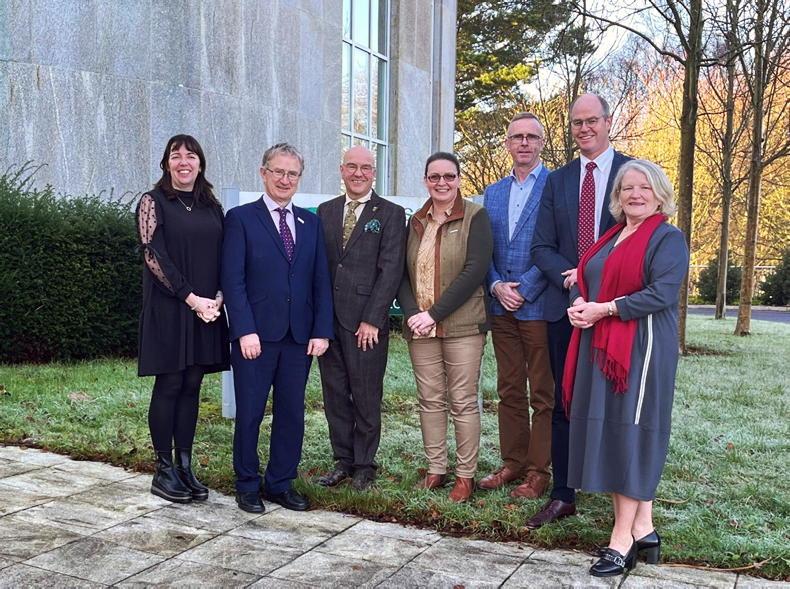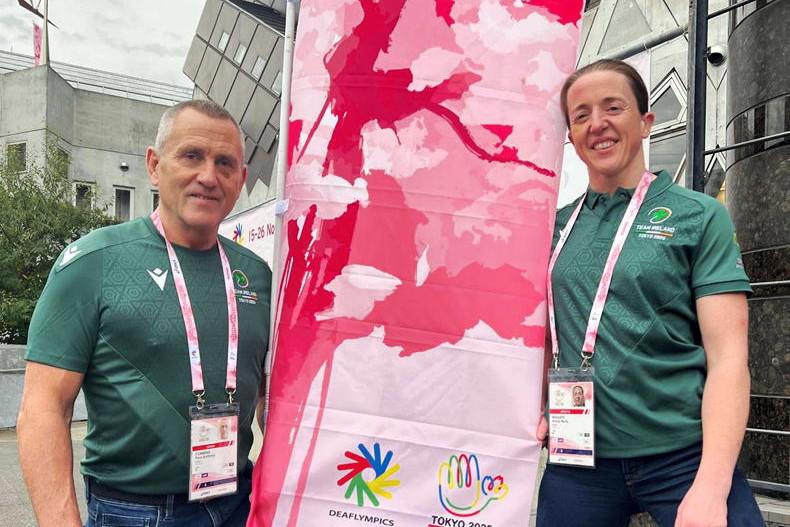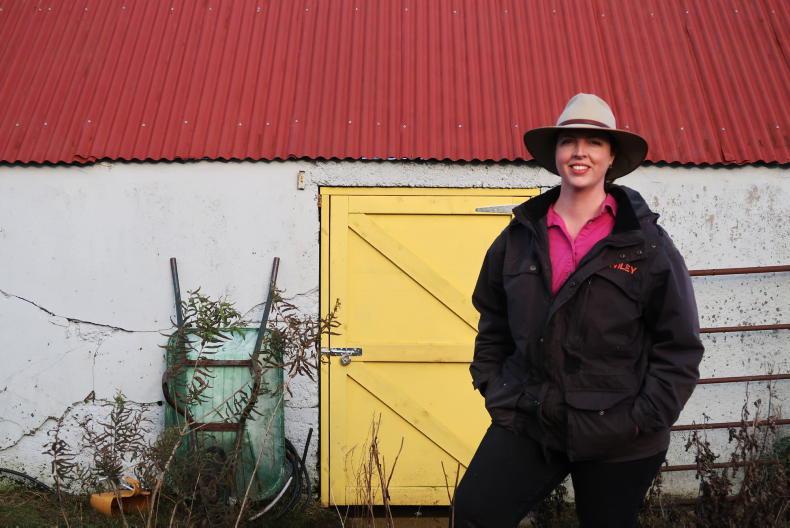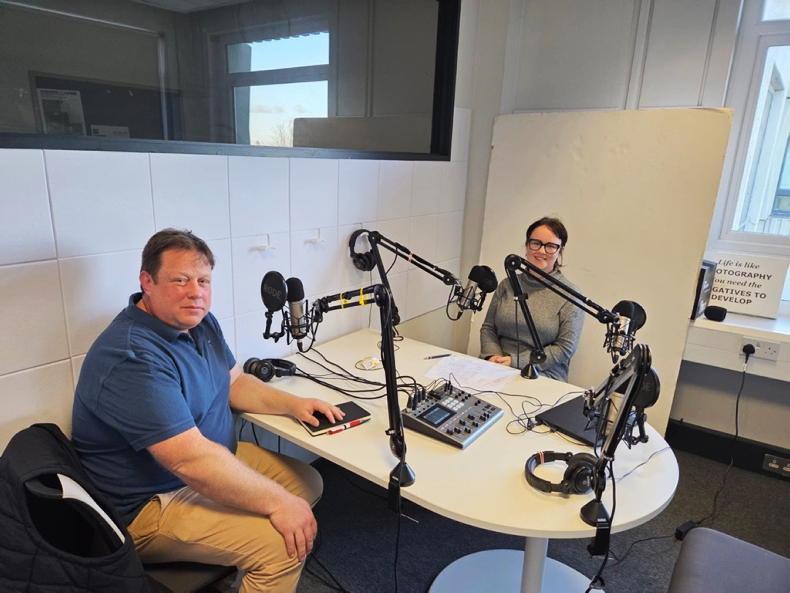An Chomhairle Oiliúna Talmhaíochta/the Agricultural Training Council (ACOT) was responsible for education and advisory services up until 1988, when Teagasc succeeded it.
It was the organisation which developed the Certificate in Farming, now known as the Green Cert, in the 1980s. It was established to transfer research into farming practices and provide young farmers with a recognised training structure.
Over the years, the Green Cert has transformed Irish agriculture by facilitating the most up-to-date agricultural education.
Although, it now incorporates full-time, part-time and distance learning courses, the fundamental practical element has remained a key part of the course.
History of the certificate of farming
When the Green Cert was introduced by ACOT, it had one major aim-to create a training course which met the needs of young farmers while ensuring the maximum number of participation possible.
The certificate had a solid template to improve the level of education and training of the farm workforce. At the time, almost 60% of young entrants to farming left school at intermediate certificate level or below.
Furthermore, less than half of the young entrants going into farming actually attended training courses, and if they did, they were considered too short to be an adequate preparation for a career in farming.
The Youth Employment Agency stepped in and agreed to finance the course up to 1985, contributing almost £4 million to the running of the Green Cert.
Dr Liam Downey, who took over as the director of ACOT in 1984, says the course didn’t kick off in a full-blown capacity until 1985.
“Before I went into my role in ACOT, I said that when I leave here, we will have a proper system of agricultural education. “At the time, there was only a one-year agricultural training college programme. Roughly 200 people were going into farming every year after doing that course, and it wasn’t enough.”
A committee consisting of a number of ACOT representatives travelled to different countries to look at various educational systems - in particular, they took inspiration from the Danish agricultural training structure. The late Dr David O’Connor, the expert in agriculture education at the time, took a lead role during the initial phases. David and Liam, along with Michael Galvin, head of ACOT South, drove the expansion of the programme. Prior to this, there was low levels of participation.
“Two thousand young people were going into farming every year,” explains Liam. “We were now in a position where 1,800 of them were completing the three-year Green Cert, which was a landmark change.
"We then had to raise the status of the programme. We arranged for the best student from every county to be brought to the RDS in Dublin and we got the [then] President of Ireland, Patrick Hillery, to present certificates to them.
"All the mammies and daddies turned up and it was kind of like a conferring ceremony. It was very prestigious and gave the course a status.”
Transforming agriculture education
Of the different projects and programmes Liam was involved with during his time as director of Teagasc, developing the Green Cert was his proudest achievement. According to Liam, “It transformed agricultural education.”
“Now we have reached a stage where a large percentage of young people taking over farms have a Green Cert and are much better equipped to use the information coming out of research, because they have the education.
"It facilitated the uptake of what the advisory services were telling young farmers and the transfer of technology from research stations like Moorepark and Johnstown castle into farming practices,” says Liam.
To create further education opportunities, Liam and the staff in Teagasc made an arrangement with professor Joe Mannion, Dean of the Faculty of Agriculture in University College Dublin (UCD).
This allowed those who successfully completed the Green Cert to transfer into UCD and complete the agricultural science degree in two years as opposed to the four-year degree programme.
“That was a big step forward, and of the students who transferred into UCD, a number of them went on to do a masters degree in agriculture,” says Liam.
The significance of the green cert to agricultural education
Ann Marie Butler, head of education Teagasc: “The colleges have been a key cornerstone of agriculture development. The Green Cert has had to evolve and develop in line with agricultural advancements and, even now in 2023, we are always looking at our curriculum. What Ireland has been successful at compared to its European counterparts is it has a really high rate of agricultural education within the farming community.”
John McNamara, former principal of Kildalton Agricultural College and current health and safety specialist with Teagasc: “What it did was it extended agriculture education. County structures and Green Certs were set up so you have the college stream and the district education stream as well. There was a big integration of the college and the non-residential stream. The purpose of it was to make the most use of resources available. It has greatly increased the capacity of people to use the knowledge that was available from research to improve their farming livelihoods.”
Women participation has increased
Going back to the 1940s and 50s, many of the colleges were not able to facilitate female students - mainly because of accommodation structures and shortages.
Over the years, the number of female farmers participating in Green Cert programmes has increased substantially. In 2023, over a quarter of Teagasc students were female.
“We have seen a huge improvement in the number of female participants in all of the courses which adds great dynamics.
"Last year, for the first time in our Student of the Year awards, sponsored by FBD, all three category winners were women. It’s very powerful,” says Anne-Marie.









SHARING OPTIONS